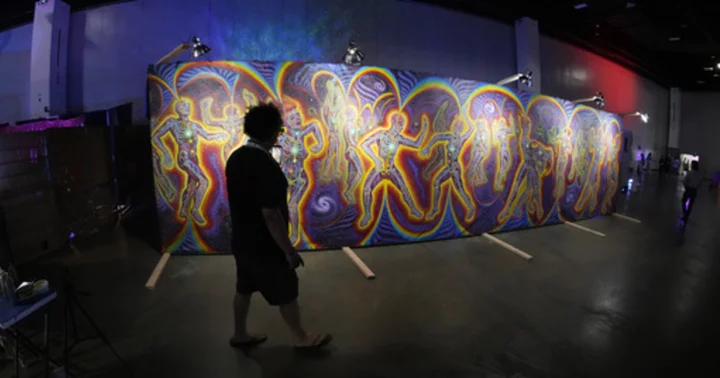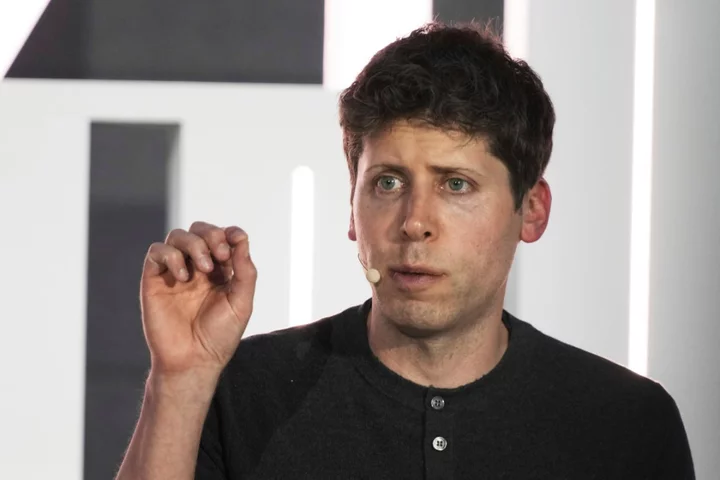LONG ISLAND, NEW YORK: The shocking arrest of New York architect Rex Heuermann marked a key moment in the petrifying decade-old case of the Gilgo Beach serial murders. The 59-year-old married father-of-two was arrested on July 13 as a prime suspect in the murders of four sex workers, whose remains were found on the remote island in December 2010.
Heuermann currently faces three counts of first-degree murder and three counts of second-degree murder in the deaths of Melissa Barthelemy, Megan Waterman, and Amber Costello. He also stands as the prime suspect in the death of the fourth victim, Maureen Brainard-Barnes, but authorities weren't able to charge him due to missing phone records. Prosecutors said the suspected murderer had been leading a double life in a Long Island community just a short drive from where the 11 sets of human remains were discovered between 2010 and 2011. It took more than 13 years but investigators finally arrested Heuermann after unearthing a stash of his burner phones that he used to arrange meetings with the victims.
Trove of burner phones led investigators to Heuermann
Heuermann’s alleged use of multiple burner phones at the time of the murders apparently led investigators to make an arrest. Court documents revealed that when the three sex workers went missing, they had been in contact with a person who was using a burner phone to arrange to meet them. Burner phones are often used for unlawful or nefarious purposes since they are harder to track. But Heuermann made a major mistake while using the phones that placed him on the investigators’ radar, according to the Independent.
The court documents stated that the burner phones used by Heuermann to contact the victims constantly pinged off the same cell towers as his legitimate phone. They also pinged off the cell towers near his office in Midtown Manhattan and close to his family residence in Massapequa Park, where investigators recently discovered a plethora of eerie evidence. Records further showed that the locations of Heuermann's personal mobile and the burner phones coincided with the locations of the victims’ disappearances in Massapequa, Long Island, and Midtown Manhattan. “Investigators could find no instance where Heuermann was in a separate location from these other cellphones when such a communication event occurred,” the court documents state.
Heuermann’s fictitious emails and explicit searches
In the days leading up to Barthelemy’s disappearance, she had been contacted by the same burner phone multiple times, according to court documents. The last contact from the phone came on 10 July, 2009, when she was last seen alive in New York City. Cell site records show the burner phone traveled from Massapequa Park to Midtown Manhattan that day. Then, in a startling turn of events, Barthelemy's own mobile made its way from Midtown Manhattan to Massapequa Park. Investigators previously stated that in addition to the burner phones, Heuermann had a number of fake email accounts that were "used for illicit activities" and were maintained under "fictitious names."
Some of the pseudonyms used by Heuermann included “Andy” as well as “Andrew Roberts” and “John Springfield.” Authorities alleged that on one of his burner email accounts, he conducted "thousands of searches connected to sex workers, cruel, torture-related pornography," and photos portraying child sexual assault. On that same account, he purportedly conducted 200 searches between March last year and June this year that related to active and known serial killers. Additionally, details regarding the deaths and disappearances of Brainard-Barnes, Barthelemy, Waterman, and Costello, as well as the police investigations into those crimes, were also sought in the searches, as per the Guardian.









